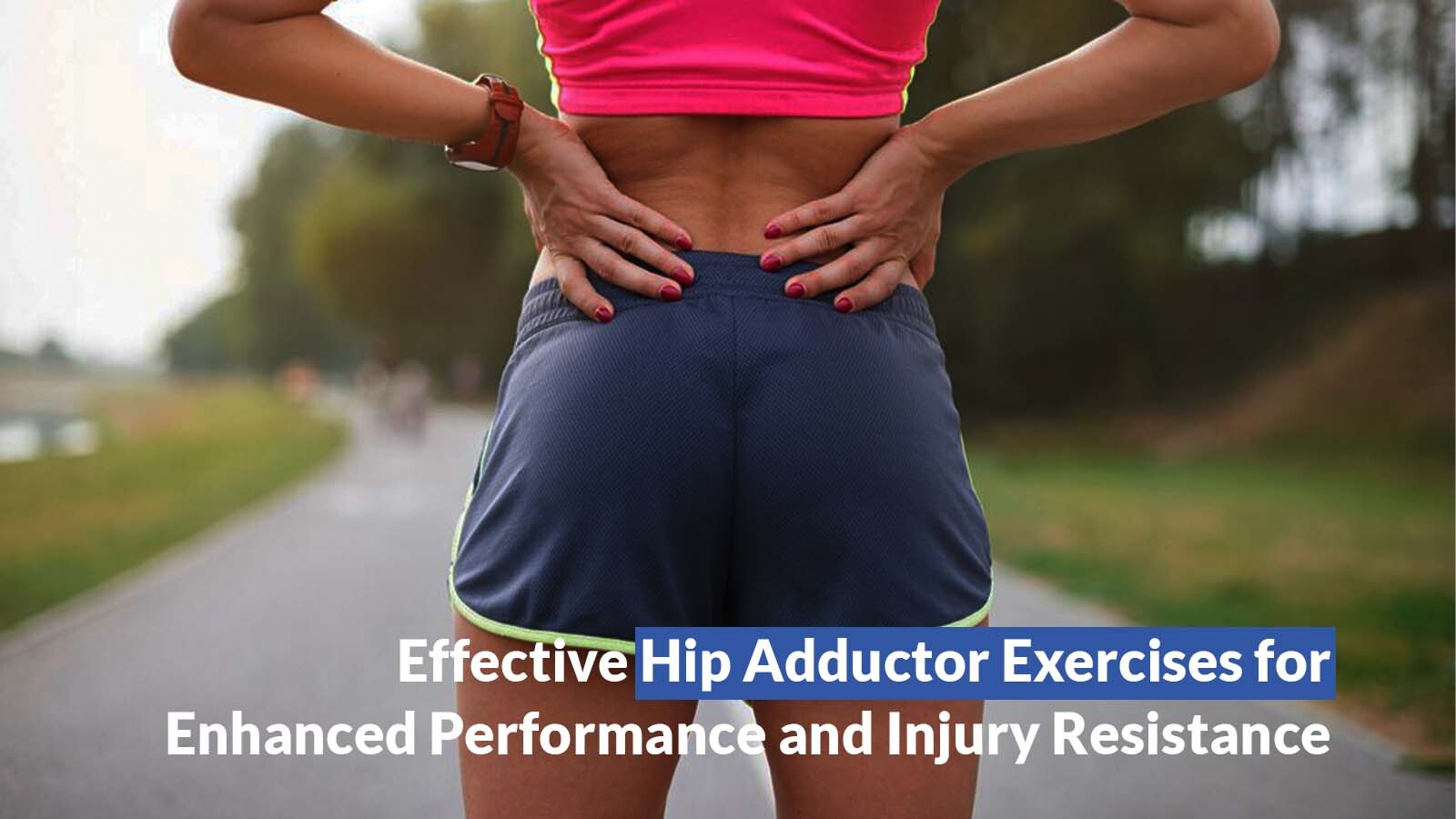The hip adductor muscles, which are in charge of stabilising the hip joint, are commonly neglected by athletes and people in general. They must be strengthened to prevent problems such as adductor tendinopathy. These small muscles in the inner thigh support the hip and allow for inward movement through the legs. However, some physiotherapists believe that stronger adductors reduce hamstring injuries; hence, hip adductor exercises are beneficial. This article will cover effective hip adductor workout routines that use body weight, machines, and resistance bands to work on the target muscle areas.
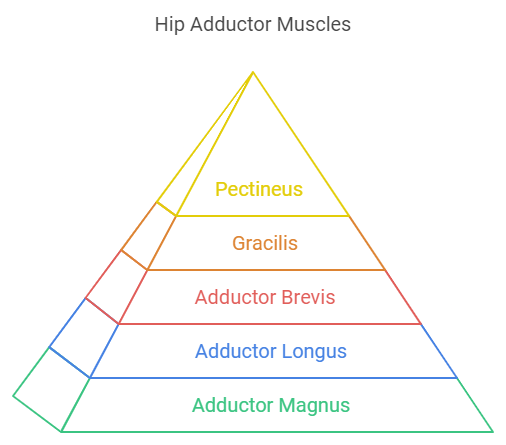
What are Hip Adductors?
The hip adductors are a group of 5 muscles located in the inner thigh. The five most active adductor muscles include adductor longus muscle and adductor brevis muscle, the two most anterior tendons, originating from the pubic bone. The third tendon, the adductor magnus, originates in the ischium. The pubic bone and ischial tuberosity provide the origin for the two remaining muscles, gracilis and pectineus. All of these muscles play an important role in most lower-body movements.
Each muscle in the adductor group has its own set of benefits:
- The adductor magnus is the largest muscle in the group, and it contributes to leg abduction, hip flexion, and internal rotation.
- The adductor longus is the most superficial muscle that supports adduction. It also contributes to the process of hip internal rotation.
- The adductor brevis, located between the magnus and longus muscles, primarily aids in thigh adduction but also helps with flexion, extension, and external hip rotation.
- The gracilis muscle is located above the other adductors and causes thigh internal rotation and flexion.
- Finally, the pectineus, a tiny muscle that inserts high on the thigh, is thought to help with adduction and hip flexion.
Hip adductor tendinopathy occurs when the adductor muscles are overdeveloped or undeveloped, resulting in inflamed and painful tendons, particularly at the pelvic attachments. Strengthening and stretching exercises improve their performance while decreasing the risk of injury to these muscles. Common treatment options include physical therapy, electrotherapy, and exercise rehabilitation.
Why Focus on Hip Adductor Exercises?
Hip abductors workouts target the muscles outside of the hips, such as the gluteus medius and minimus.
- The strength of these muscles helps prevent groyne strains, which are common in sports.
- Increasing adductor strength helps athletes enhance their balance and agility.
- Rehabilitating patients who have sustained hip or lower-body injuries.
Top Hip Adductor Muscles Exercises
Adductor muscle exercises, which use either your body weight or cable machines during the hip adductor, target specific muscles in the hips and thighs, which improves balance, posture, and athletic performance.
Body Weight Adductor Exercises
Bodyweight exercises for the adductors do not require any equipment. You can opt for the following
Lateral Lunges
This exercise targets adductors but also engages other muscles such as the quadriceps, glutes, and hamstrings.
- Stand with your feet shoulder-width apart.
- Step sideways with one leg, taking two shoulder-width steps.
- Bend your knees, keeping your back leg straight.
- Return to the starting position.
Side-Lying Leg Lifts
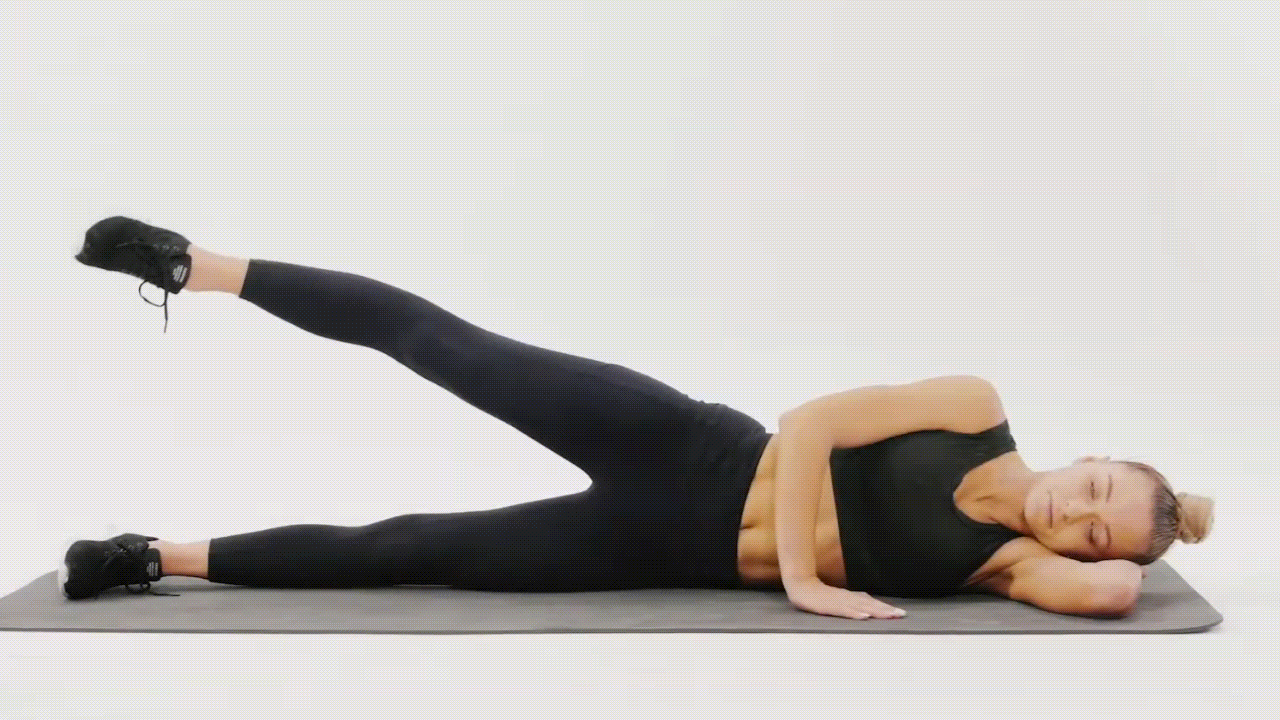
Side-lying leg lifts will strengthen your adductor muscle group.
- Lie on your side and rest your top leg and foot on the floor in front of you.
Slowly lift your bottom leg off the floor a few inches and hold before returning to a starting position. - You will feel the stretch on the inside and outside of your thigh.
- You can do this movement up and down, or you can simply hold the stretch for several seconds.
Copenhagen Adductor Exercise
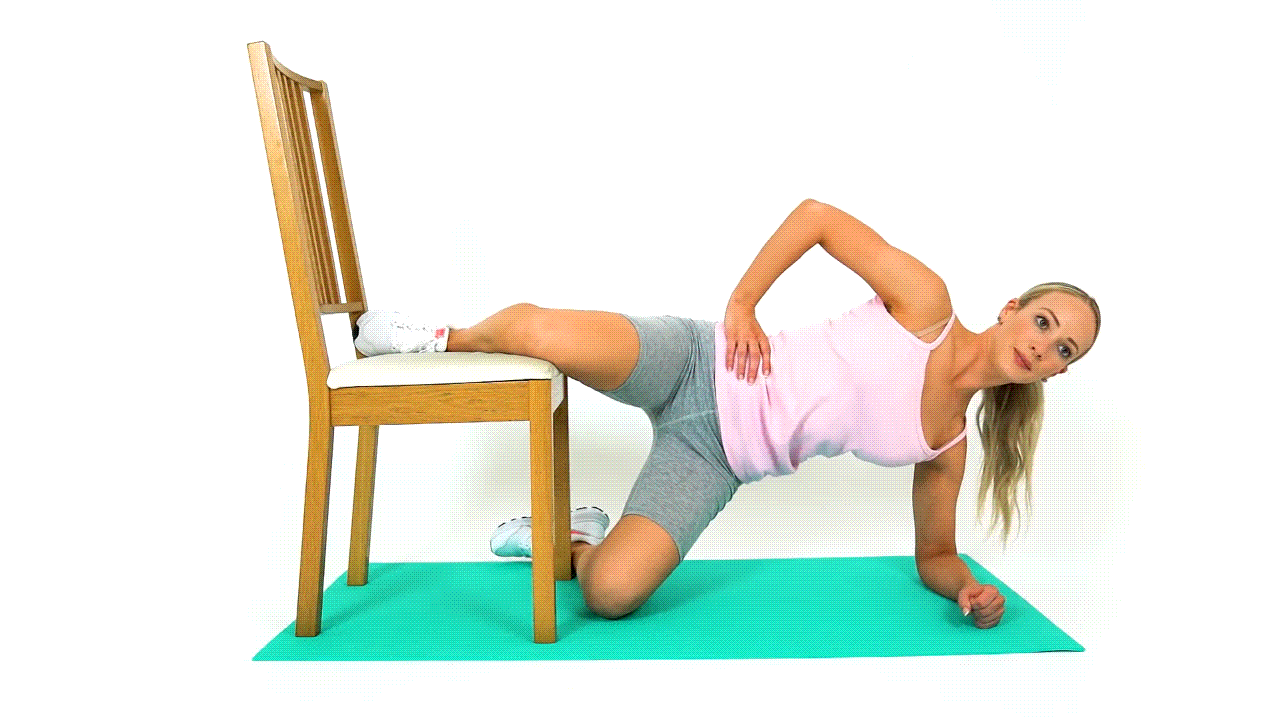
This is a strengthening workout for your adductor, or inside thigh muscle. Keep appropriate posture and gradually increase your exercise length as you gain strength.
- Lie on your side with your bottom leg and elbow bent to 90 degrees.
- Place your top leg on a chair or high step.
- Lift your pelvis away from the floor.
- Lift your bottom leg up so your knees touch.
- Lower your bottom leg.
- Repeat this exercise 8–10 times
Lying Leg Squeeze
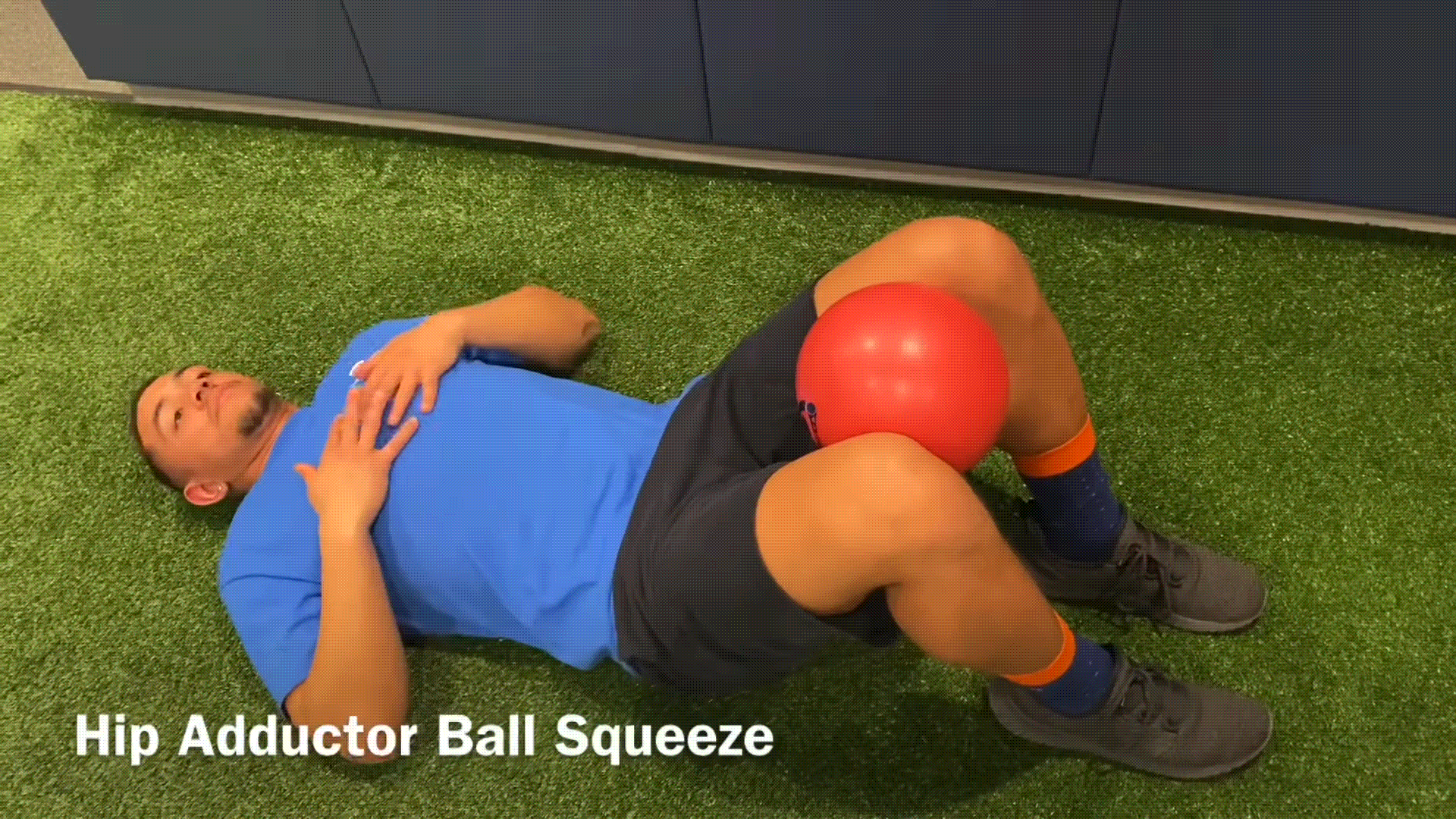
This is one of the easiest exercises to activate the adductors. It is an exercise for either beginners or those getting back from hip injuries.
- Lie on your back, bend your knees, and have a ball or pillow between your knees.
- Slowly squeeze the knees together and hold for several seconds before releasing.
Banded Sumo Squat
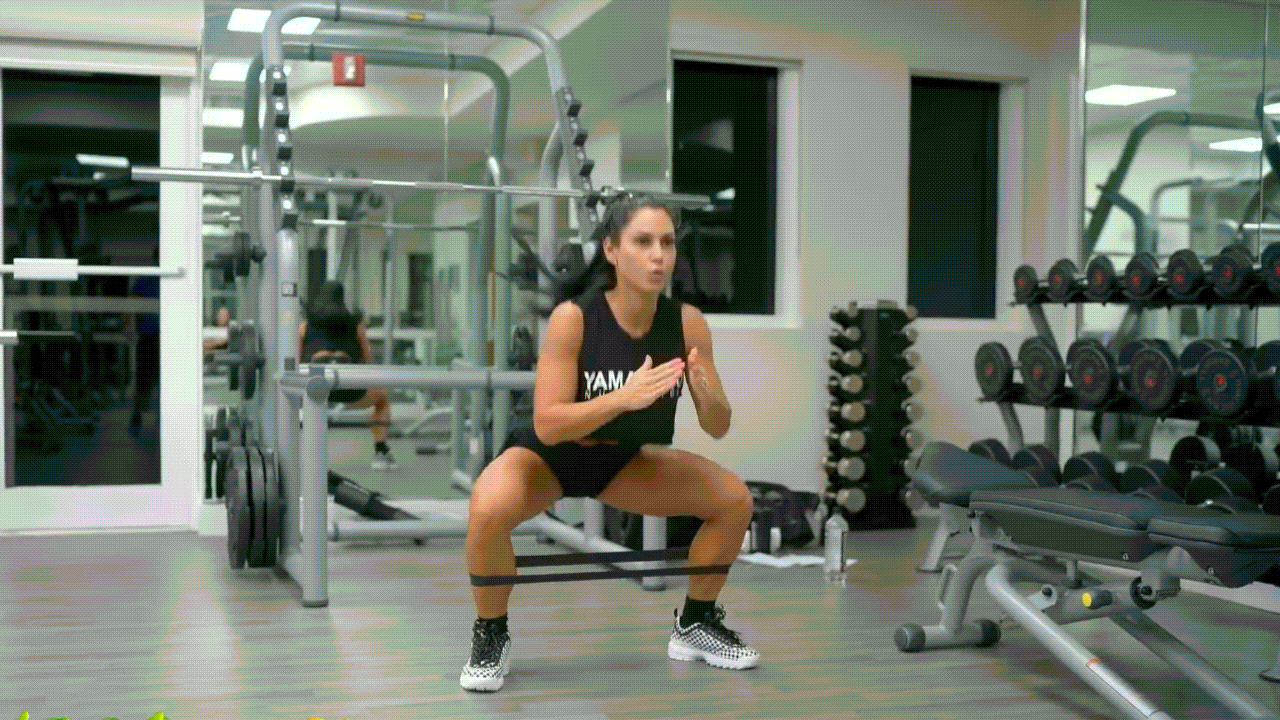
This exercise emphasises the inner groyne muscles, particularly the adductors. The first and most critical aspect is proper band placement.
- Stand in a wide posture to squat below parallel.
- Position a loop resistance band at your back, similar to a barbell.
- Lower into a deep squat to maximise adductor activation, keeping thighs open and knees aligned, toes pointing 30-45 degrees outward to reduce knee stress.
- Maintain a raised chest and an engaged core.
- As you step back up, maintain control of your action and focus on adductor engagement
Cable Machine Adductor Exercises
You can use the adductor machine in most gyms by sitting down and opening your legs while pressing them together against resistance. This isolates the adductors, which allows more focus on strengthening them due to different levels of resistance.
Cable Hip Adduction
This exercise isolates the adductor muscles and will improve strength and stability in the inner thighs. Ankle straps can be fastened to the low pulley of cable machines and fastened around the ankle of the leg you will be working with.
- Stand by the machine with the working leg closest to it.
- Hold onto the machine for support.
- Lift your leg off the ground about 6 inches and cross your working leg over to your opposite leg.
- The leg remains straight. Tension remains in your adductors throughout the movement.
- Slowly return to the starting position.
Standing Cable Adduction
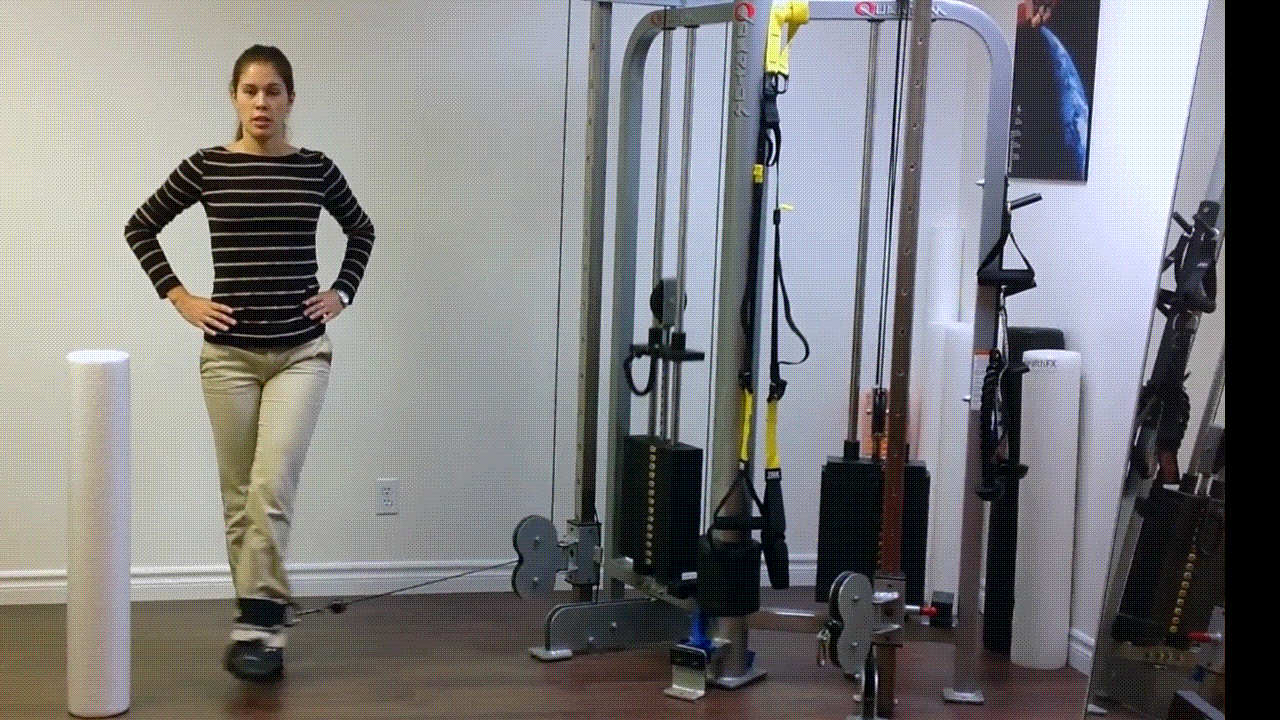
This exercise strengthens the adductor muscles and is beneficial for someone with good balance and coordination. As with cable hip adduction, attach the ankle strap to the low pulley.
- Stand sideways to the machine and have the working leg on the outside.
- Lift your leg across the body, making sure that you tighten the adductors.
- You should then return to the beginning in a slow manner.
Stretching Exercises for Adductor Muscles
You must keep your adductors flexible to avoid stiffness or injury. How to stretch hip adductors? Add the following effective hip adductor stretches to your workout routine:
Standing Adductor Stretch:
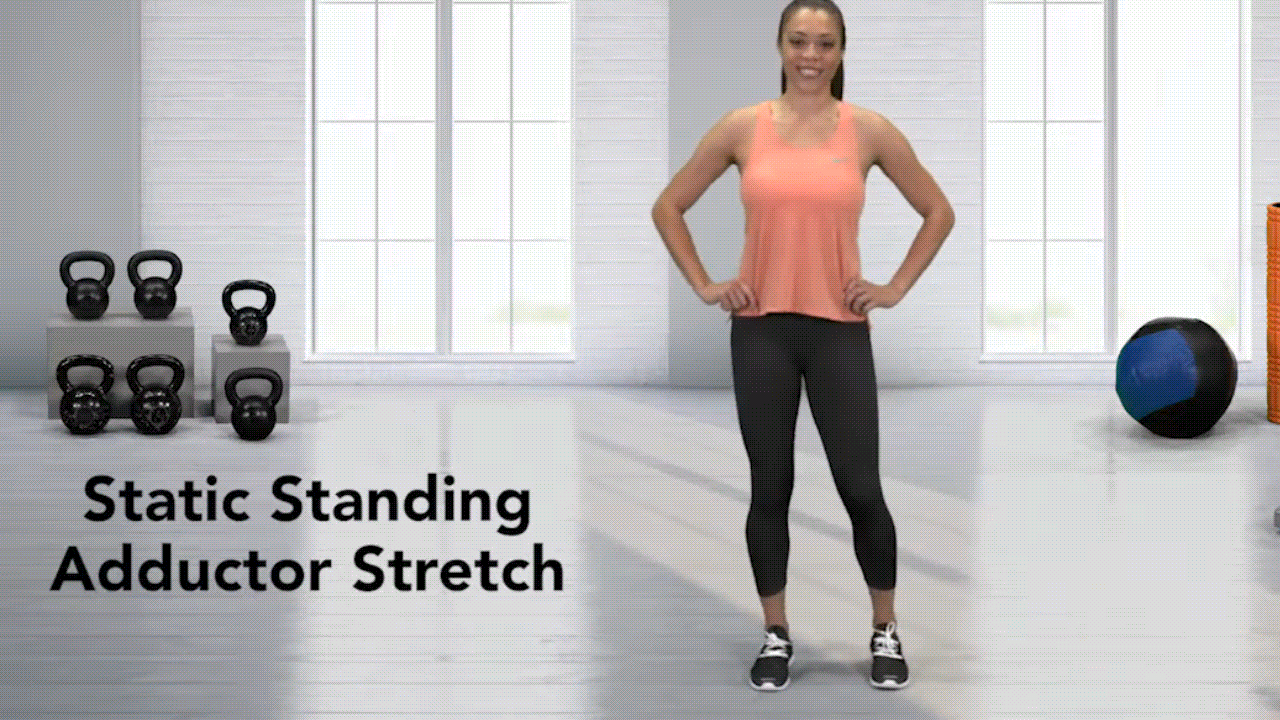
Stand very far apart, bend one knee while keeping the other leg straight, and lean towards that side with bent knee.
Seated Butterfly Stretch:
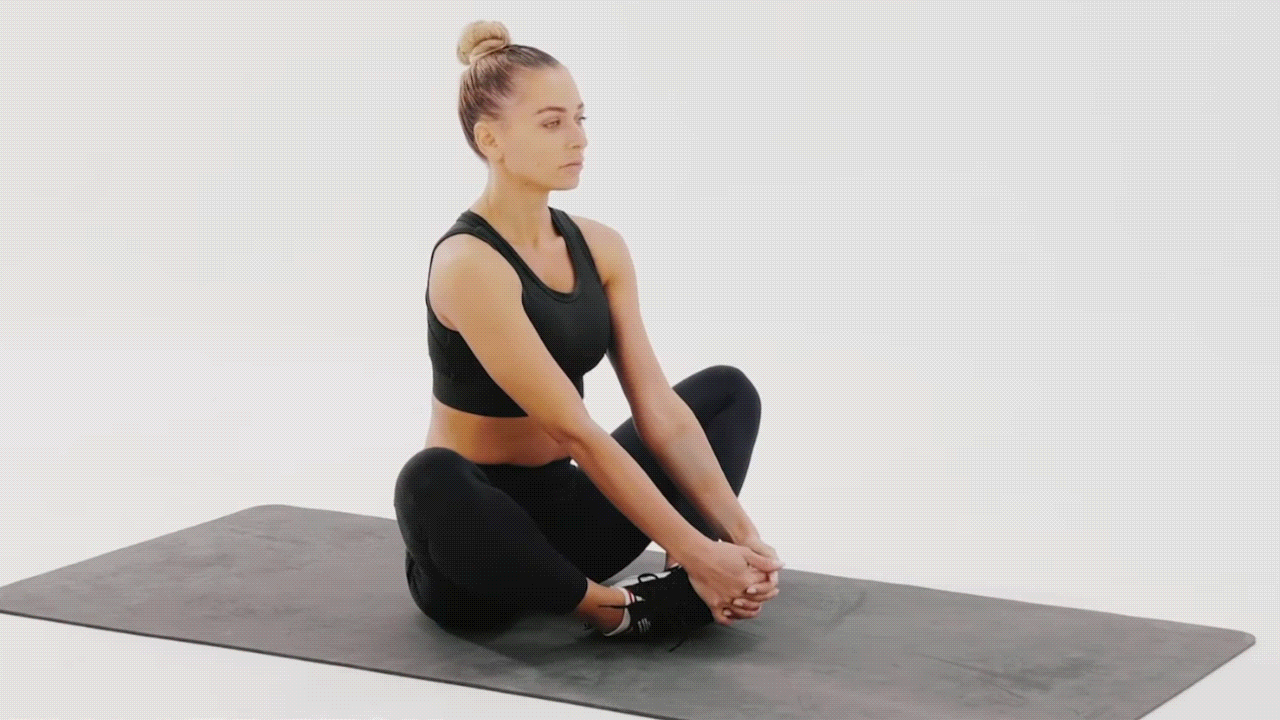
Sit with soles of feet together and push your knees towards the floor, stretching adductors of the hip.
Side Lunge Stretch:
Stand with feet wide of the shoulder-width apart. Shift weight slightly to one side by bending a knee while keeping the other leg straight. Hold the stretch for 15-30 seconds, then switch to the other side.
Pigeon Pose:
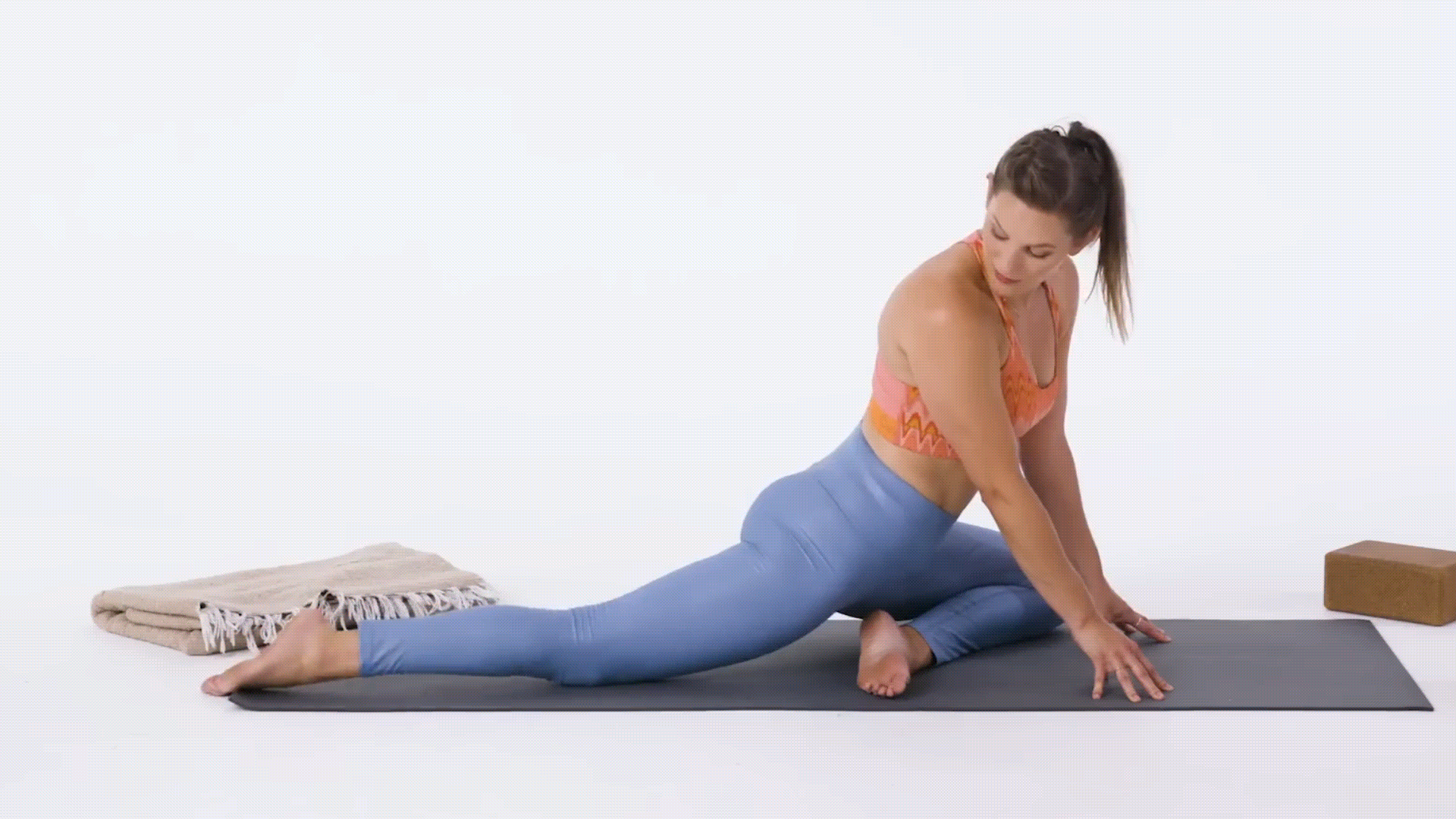
Start in a plank position, lift one knee forward, and place it behind your wrist. Extend the opposite leg straight behind you. Allow your hips to drop, then hold for a deep stretch.
Tips for an Effective Hip Adductor Workout
Perform these adductor exercises 2-3 times per week for maximum benefit. Don’t forget to:
- Warm up before any adductor exercises.
- Increase weight or resistance as strength improves.
- If you have any illnesses or movement limitations, you should modify your exercises.
- Do these exercises with proper technique to avoid injuries and achieve the best benefits.
- Let your muscles rest in between workouts.
When to Seek Professional Help
Irritation and inflammation of the adductor tendons causes groyne discomfort, weaker legs, and limited hip motion. Such an injury may be avoided if strength in all hip muscles was balanced rather than just the adductors, as well as a solid core and thorough warm-ups at gradually increasing intensities.
At Osteopath Sydney, you will receive proper guidance as well as a specially designed treatment plan for you. We could assist you in finding an exercise for hip adductors that will not only fit into your other fitness goals but will also be performed with proper form and technique.
In Summary
Why perform hip adductor exercises? Strong and flexible adductors are necessary for developing lateral motions, hip stability, and even mobility in general. If you can go to a gym, you might want to explore using an adductor-specific machine and adding these moves into your routine.
Start out slowly, concentrate on form, and increase your level of difficulty as your strength grows. If you experience tight hip adductor muscles or soreness in your adductors, it is strongly advised that you contact a healthcare practitioner, Osteopath Sydney. The professional services will help you avoid injuries and heal faster, allowing you to stay active and pain-free.

